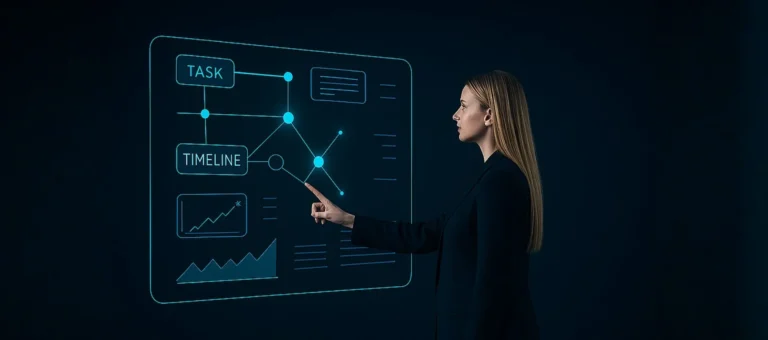Better Times: Are We Living Them?
11.10.2022 | 19:00-21:00
FREE
The event, organised in collaboration with the French Institute of Larissa and the Mediterranean Citizens’ Assembly Foundation, will be an occasion for discussion and analysis of the exhibition Better Times by the artist Federico Alcaro, a collage art exhibition, which is presented in the exhibition hall of the French Institute of Greece in Larissa and opens on 7 October.
The discussion will start from the structure of the exhibition, the idea behind and the reasons why it was conceived as a multidimensional journey where the artworks touch on five megatrends (faith, technology, climate change, borders/borderlands, geopolitics) that dominate our world today.
Each artwork is accompanied by a word or neologism that is associated with the artwork but does not provide a unique meaning so that the audience can find others. These words are part of a real dystopian vocabulary where some are well known and others less known, giving different interpretations for each, in order to increase the degree of reflection and to make the recipients feel even more aware of the heterotopian visions, possibly future.
From this point, a creative dialogue will be initiated that will go through the transversal connections of the magnitudes and show how the images, reflecting and emphasizing a possible heterotopic future, can lead the audience to become active subjects of social change.
*The BETTER TIMES exhibition will run from 7 to 21 October and is hosted in the 1st-floor ballroom of the French Institute, 28 Kouma Street, Larissa.
| Curated by: Federico Alcaro, Andreina Ghirlanda, Carlo Tachos
| Artist on show: Federico Alcaro, Victor Reginald Bob Abbey-Hart, Nicolas Fiedler
Short Bio of the Artist:
Federico Alcaro is an Italian architect working in the field of humanistic architecture. He has always been interested in the relationship between architecture and emergency situations in developing countries at different levels. His artistic path begins in 2018 when, during his studies, he approaches experimentally through graphic representations, contemporary phenomena related to architecture, the movement of populations – migrations – and the consequences that arise at the points of contact between different life cycles. In the following years, he consolidated this method and his artistic style by participating in various exhibitions around the world, receiving awards and distinctions. Research continues to this day on the dynamics of contemporary society in interaction with natural, artificial and social space.
Agenda
Presenter: Federico Alcaro
| 19:00 – 19:05 | Welcome and Introduction |
| 19:05 – 19:20 | Better Times: the concept behind the exhibition |
| 19:20 – 19:30 | Heterotopias: Images and Words, Tools for Social Activators |
| 19:30 – 19:45 | MCAF: Mediterranean Citizens Assembly Foundation |
| 19:45 – 20:00 | Conclusions |


